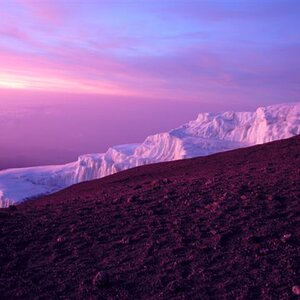Hi All,
I dont have much experience in photography but I am currently developing a new ecommerce store for ceramics and pottery . My mission was to picture all of the items in the website. I am using Panasonic GX7 with the stock lens. I am taking the pictures in light tent. I will be very happy if someone can provide feedback what I can do to change the image quality. I am not very good in manual shoot and so much factors like - exposure, light, ISO, F and many more. I am pretty sure that the camera is much more capable to make a better pictures. It is just that I am not a photographer and dont have much experience with the cameras. Hiring a photographer is not an option becase we should take a thousands of pictures and our finance budged is very limited.
Thank you in advance!
I dont have much experience in photography but I am currently developing a new ecommerce store for ceramics and pottery . My mission was to picture all of the items in the website. I am using Panasonic GX7 with the stock lens. I am taking the pictures in light tent. I will be very happy if someone can provide feedback what I can do to change the image quality. I am not very good in manual shoot and so much factors like - exposure, light, ISO, F and many more. I am pretty sure that the camera is much more capable to make a better pictures. It is just that I am not a photographer and dont have much experience with the cameras. Hiring a photographer is not an option becase we should take a thousands of pictures and our finance budged is very limited.
Thank you in advance!


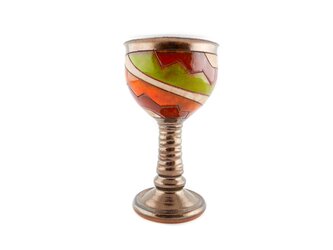
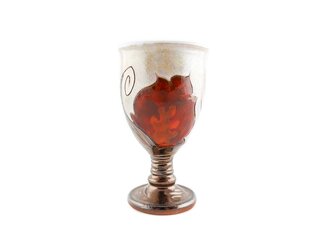
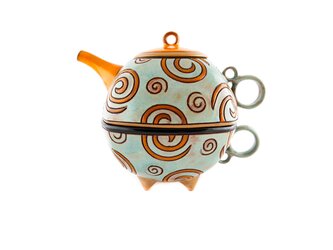
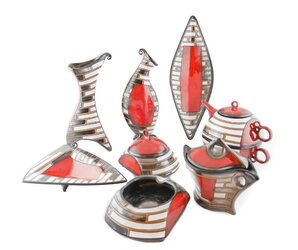
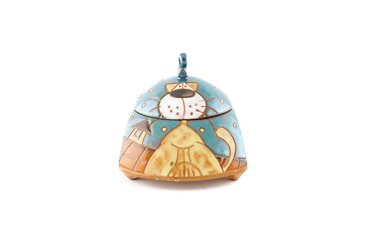
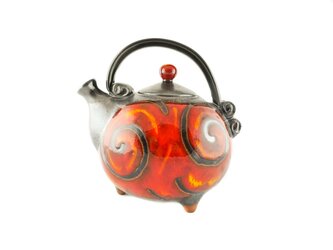
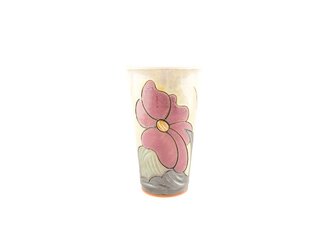
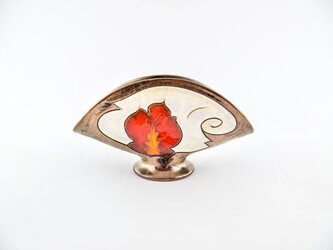
![[No title]](/data/xfmg/thumbnail/39/39289-c5ea6a611707fdd5786347f4a67d63ae.jpg?1619738957)
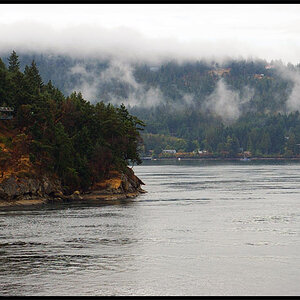
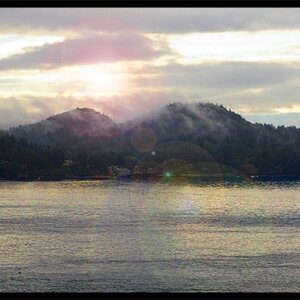
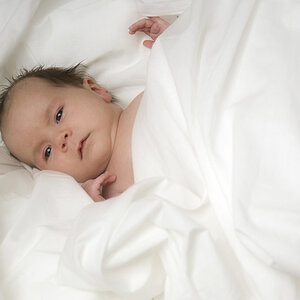
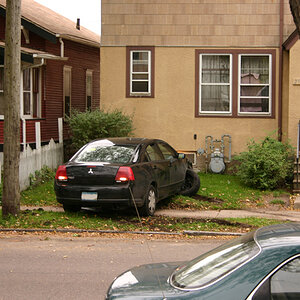
![[No title]](/data/xfmg/thumbnail/31/31748-63241c520f250328a5ec32959b8f53d0.jpg?1619734989)
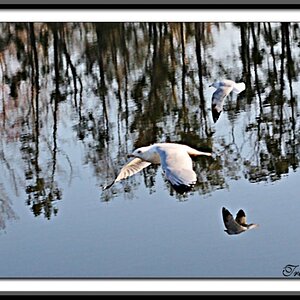
![[No title]](/data/xfmg/thumbnail/37/37605-90c8efaef5b7d1f52d4bf8e7dfd33673.jpg?1619738148)
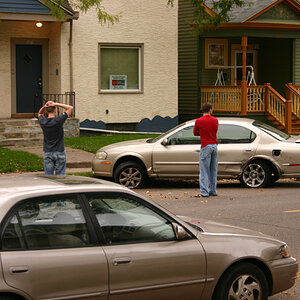
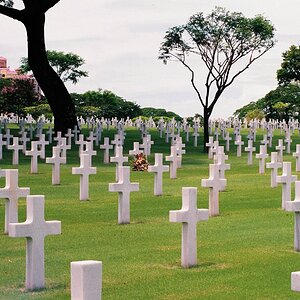
![[No title]](/data/xfmg/thumbnail/39/39290-dfb3e819bd94a7f30797638ae1ae27cf.jpg?1619738958)
